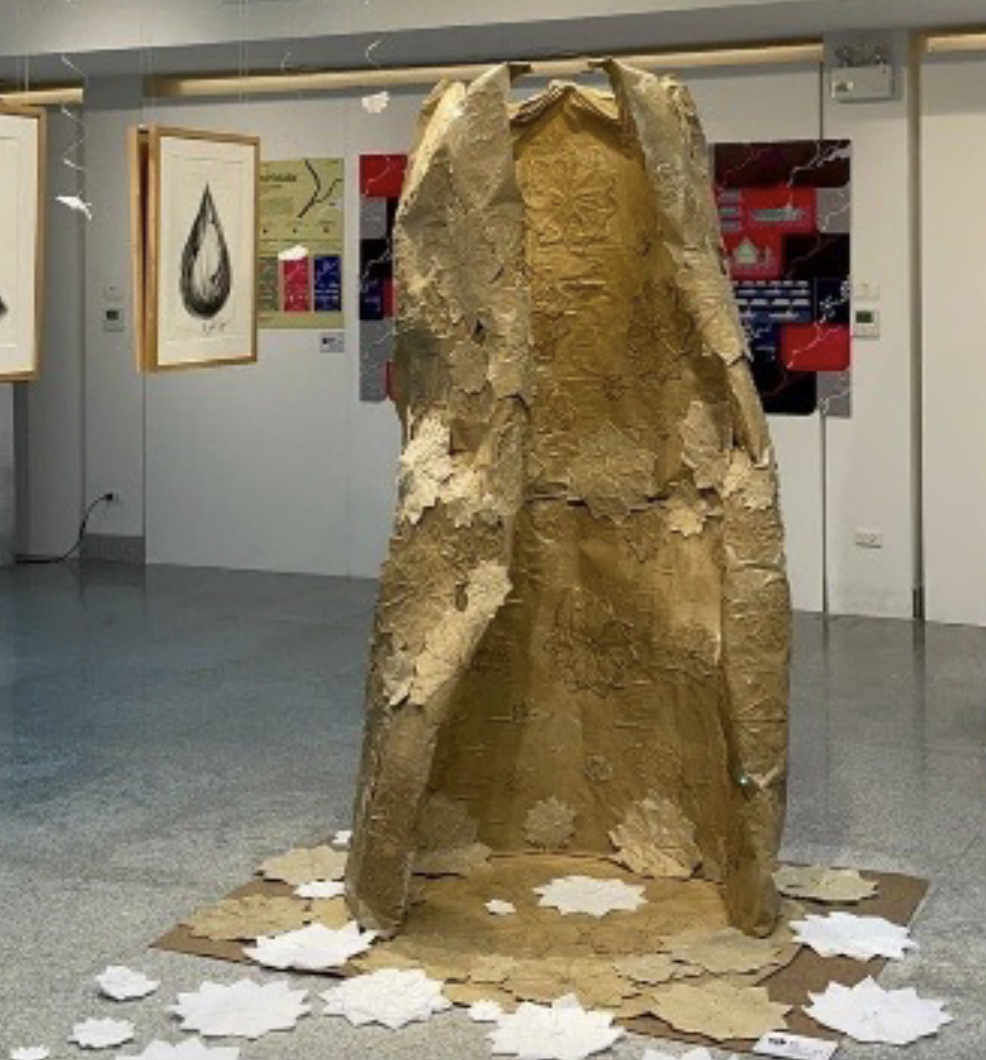Fabric in the Way of Islamic Culture
DOI:
https://doi.org/10.69598/decorativeartsjournal.2.66-100Keywords:
relationship, symbol, Muslim, wrap, areaAbstract
Islam is a culture or way of life that formulates the behaviors of Muslims from birth to death and from waking to sleeping. Islam is a religion that focuses on practices based on faith. The Islamic culture is originated from cultural traditions associated with two important doctrines; the part derived from the Quran and the part from the teachings of the Prophet’s conduct as a guide to humanity's way of life. The human-created culture is applied as a guideline according to the principles of the practices in transmitting and inheriting Islamic culture in the life for the Muslims to practice properly and appropriately. Humans are born from the earth and they must return to the earth. The human creation is when a human gives birth to a healthy child. The way of life is from birth to death and from waking to sleeping. When the time comes, God is the one who was born and set the time of death. "Fabric" and Islamic way of life presents a story of symbolic White Cloth which is used in the rituals, birth, marriage, and death. The white cloth depicts the color of cleanliness, the color of pure beauty, and the traditionally used color in rituals in accordance with the way of life. Cloth has relation to the belief and bond. The white cloth is the symbol of connection, relationship, and unity. The Muslim daily life is based on knowledge and faith of living altogether. In the form of mixed media art, the placement is with the space. The study is on the origin and symbolic meaning of white cloth, assembling and shaping, sewing, embroidering, tying, and folding of white cloth in the Muslim way of life.
References
การุน ภู่มาลี.(2511).สรรพวิชาในพระมหาคัมภีร์กุรอาน.คณะยุวมุสลิมมัสญิดต้นสน
ชลูด นิ่มเสมอ.(2531).องค์ประกอบของศิลปะ.ไทยวัฒนาพานิช.
ณัฏฐินี กาญจนาภรณ์และชนิดา ล้ำทวีไพศาล.(2564).พิพิธภัณฑ์ในบทบาทของพื้นที่ทางสังคม. สร้างสรรค์บรรจุภัณฑ์.
ดิเรก กุลสิริสวัสดิ์.(2512).ความหมายของอัล-กุรอาน.วุฒิกร .
นิพนธ์ จุฑามาศ.(2517).ธรรมประทีป.ไทยการพิมพ์.
มุฮัมมัด อะลี กุฎบฺ.(2561).เธอผู้อยู่เคียงข้างท่านเราะสูล.นัตวิดาการพิมพ์.
ฟาริดา สุไลมาน.(2558).ผู้หญิงสองวัฒนธรรม บนเส้นทางชีวิตการเมือง./มูลนิธิอัลฟาฏอดี./(พิมพ์ครั้งที่1)./สำนักพิมพ์ 14 พับลิเคชั่น.
เสาวนีย์ จิตต์หมวด.(2535).วัฒนธรรมอิสลาม.กองทุนสง่า รุจิระอัมพร.สำนักพิมพ์ทางนำ.
สุรพล ทวีศักดิ์.(2562).มนุษย์กับเสรีภาพ มุมมองทางปรัชญา./(พิมพ์ครั้งที่1)./สำนักพิมพ์สยามปริทัศน์.
อิทธิพล ตั้งโฉลก.(2520).แนวทางการสอนและสร้างสรรค์จิตรกรรมขั้นสูง.อมรินทร์พริ้นติ้งแอนท์พับลิซซิ่ง.
Charlotte Bonham-carter and David.(2009).Contemparary Art the essential Guide to 200 Groundbrreaking .Artisr.first published.Goodman

Downloads
Published
How to Cite
Issue
Section
Categories
License
Copyright (c) 2023 DEC Journal

This work is licensed under a Creative Commons Attribution-NonCommercial-NoDerivatives 4.0 International License.
Published by Academic Affairs Division, Faculty of Decorative Arts, Silpakorn University. The copyright of the article belongs to the article owner. Published articles represent the views of the authors. The editorial board does not necessarily agree with and is not responsible for the content of such articles.


